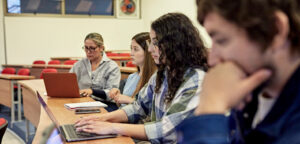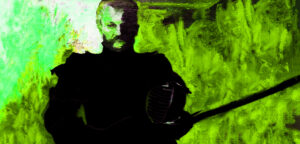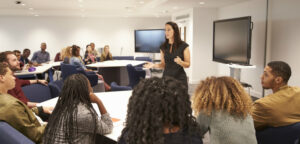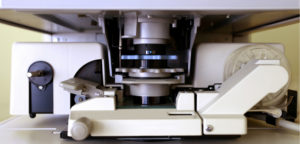
The Flipped Class: Problems and an Alternative Approach
The flipped class is one of the hottest topics in the teaching field today. In a traditional course, students get the learning content through an in-class lecture and then work with that content outside of class as homework. The problem is that if students






